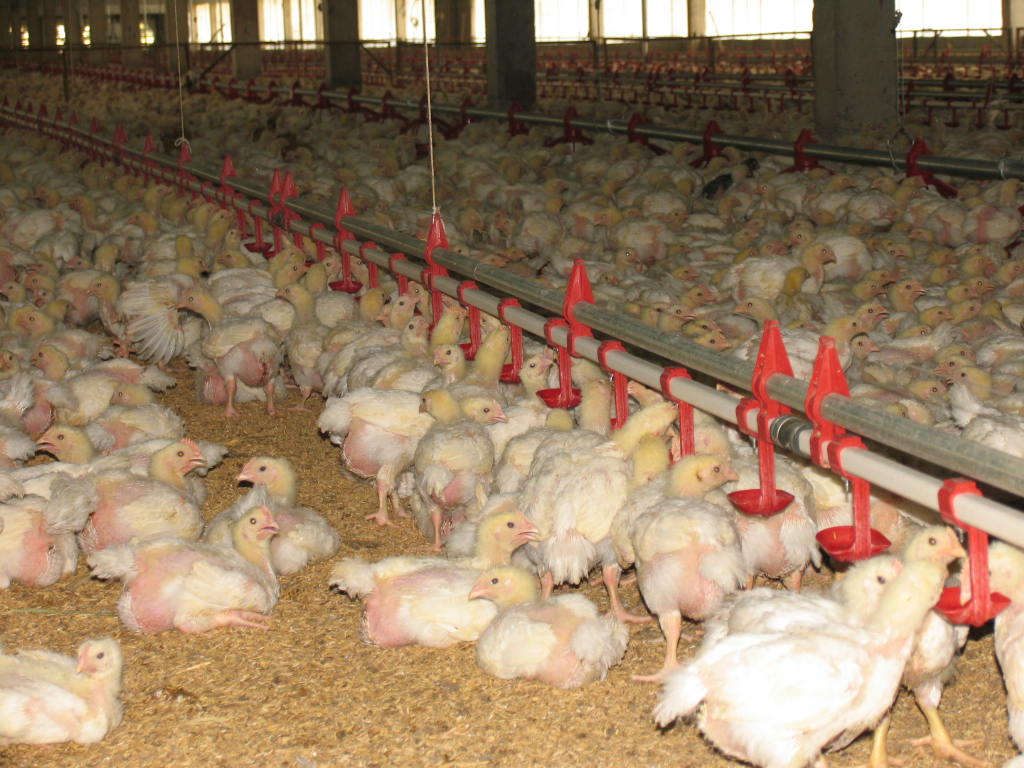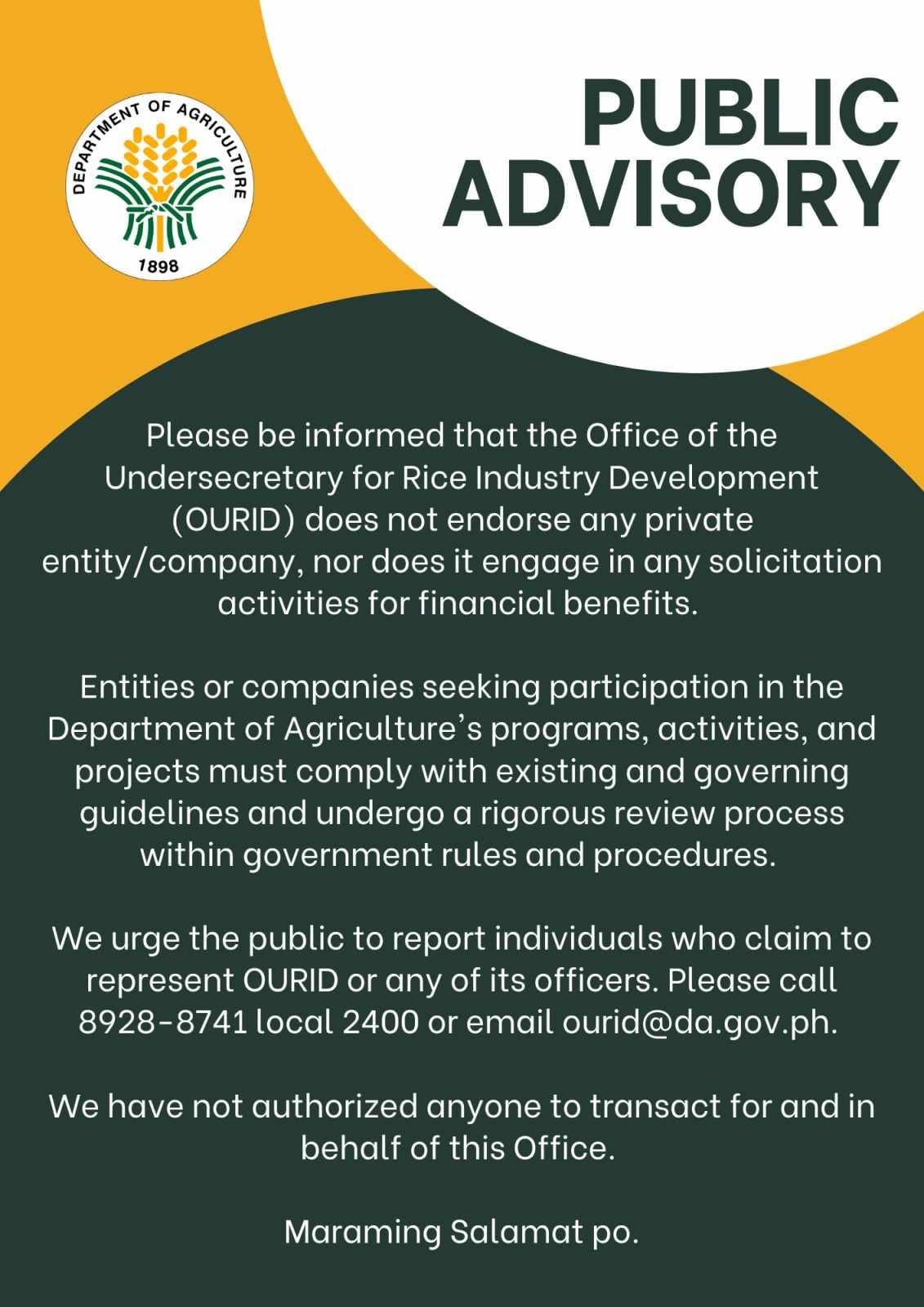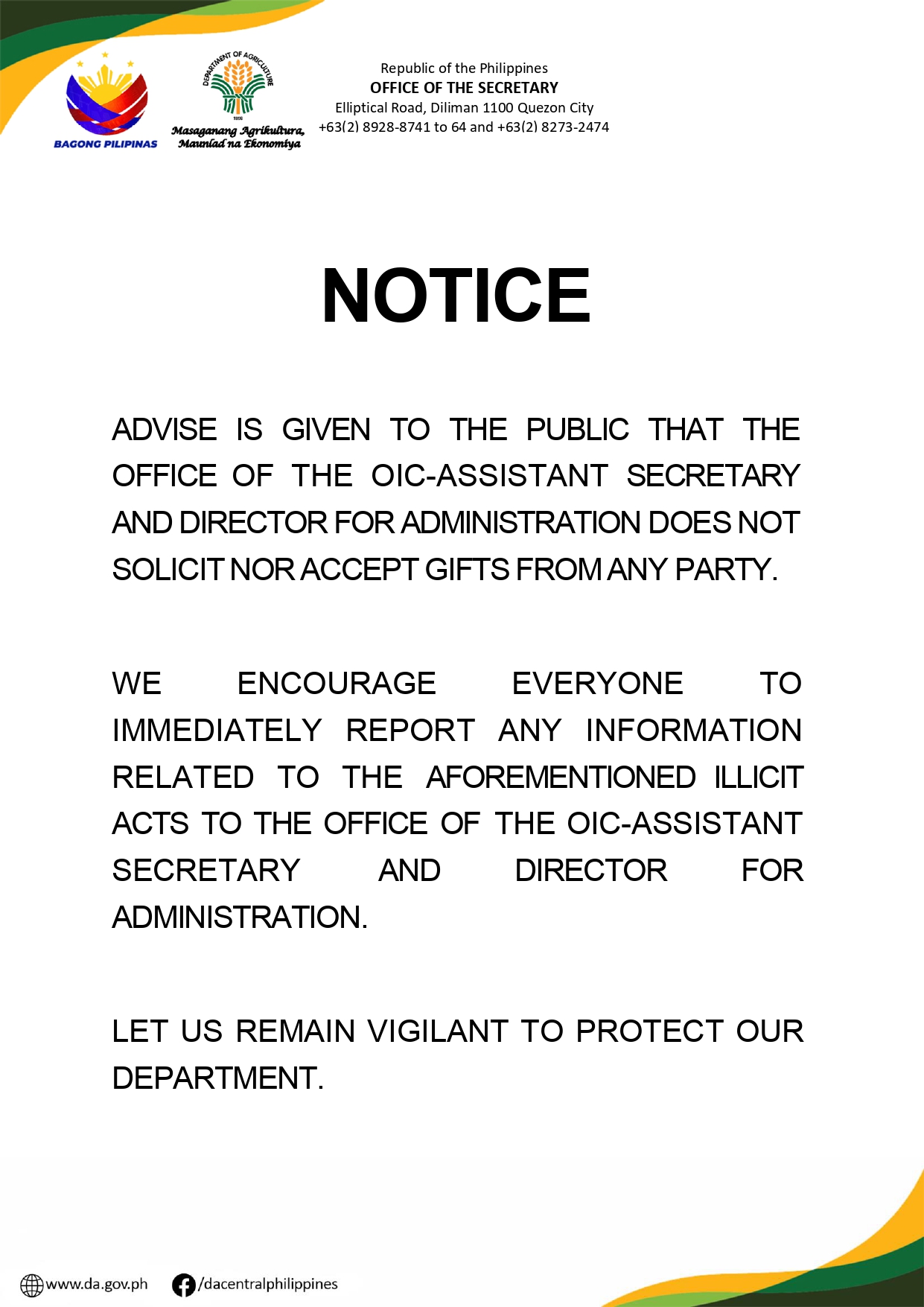
The Department of Agriculture (DA) reminded poultry industry stakeholders of the guidelines on the movement of domestic and wild birds as well as poultry products in areas that have confirmed bird flu outbreaks.
The DA issued Memorandum Circular (MC) 5 containing the guidelines of the local movement of domestic and wild birds and poultry products and by-products during the avian influenza (AI) surveillance period.
“In view of the recent confirmation of AI H5N1 outbreaks in ducks and quails and to comply with the prescribed surveillance period in accordance with Chapter 10.4 of the OIE Terrestrial Animal Health Code [2021] the following guidelines for the movement of domestic and wild birds and their products are hereby prescribed,” Agriculture Secretary William D. Dar said in MC 5.
For broiler/meat-type/spent hens of chicken, duck, and quail, a negative test five days prior to their harvest is required for movement coming from within identified quarantine areas, the DA said.
For day-old chicks or pullets, ready-to-lay, and hatching eggs of chicken, duck, and quail, a latest monthly negative result is required for transport in addition to two-week in-farm quarantine periods upon arrival, according to the DA.
For table eggs/quail eggs/balut/salted eggs a latest monthly negative test result of source farm is required for transport or movement. For eggs from duck and quails an additional disinfection by the shipper prior to loading with acetic acid/vinegar at 1:10 dilution or any food grade disinfectant is required.
No movement is allowed for itinerant/grazing ducks, game fowls, pigeons, ornamental birds and pet birds within the quarantine areas. Transport or movement of dung and manure as well as feathers is not allowed, based on MC 5.
The movement of poultry and poultry products coming from outside the quarantine areas must be allowed upon compliance to Section 4.1.2 of the Avian Influenza Protection Program Manual of Procedures 2020, which requires the source farm to have a negative test result, according to the DA.
“All other provisions of DA Administrative No. 5 for the transport of domestic and wild birds and their products and by-products shall apply.”
The BusinessMirror broke the story last week that the Philippines lost its bird-flu free status after the government reported its first confirmed outbreaks of HPAI H5N1 that killed over 42,000 quails and ducks in four Central Luzon farms.
The Philippines made the formal notification of its first recorded HPAI H5N1 outbreaks to the World Organisation for Animal Health (OIE) last February 18, which was made public by the international body on Monday, February 21.
The Philippines’s notification showed that a total of 78,280 quails and ducks were susceptible to the disease, with 98 confirmed cases across four outbreaks in Bulacan and Pampanga.
The notification revealed that HPAI H5N1 killed 42,245 birds while the remaining 36,035 birds were “killed and disposed of” by the government as part of its control measures.
The outbreaks were confirmed by the Animal Disease Diagnosis Reference Laboratory (ADDRL) of the Bureau of Animal Industry (BAI), the country’s national laboratory, last February 12.
The outbreaks started as early as January 6, 2022 with samples from the suspected farms being tested from January 10 to February 11, based on the Philippines’s notification. (Jasper Y. Arcalas)
SOURCE: https://businessmirror.com.ph















